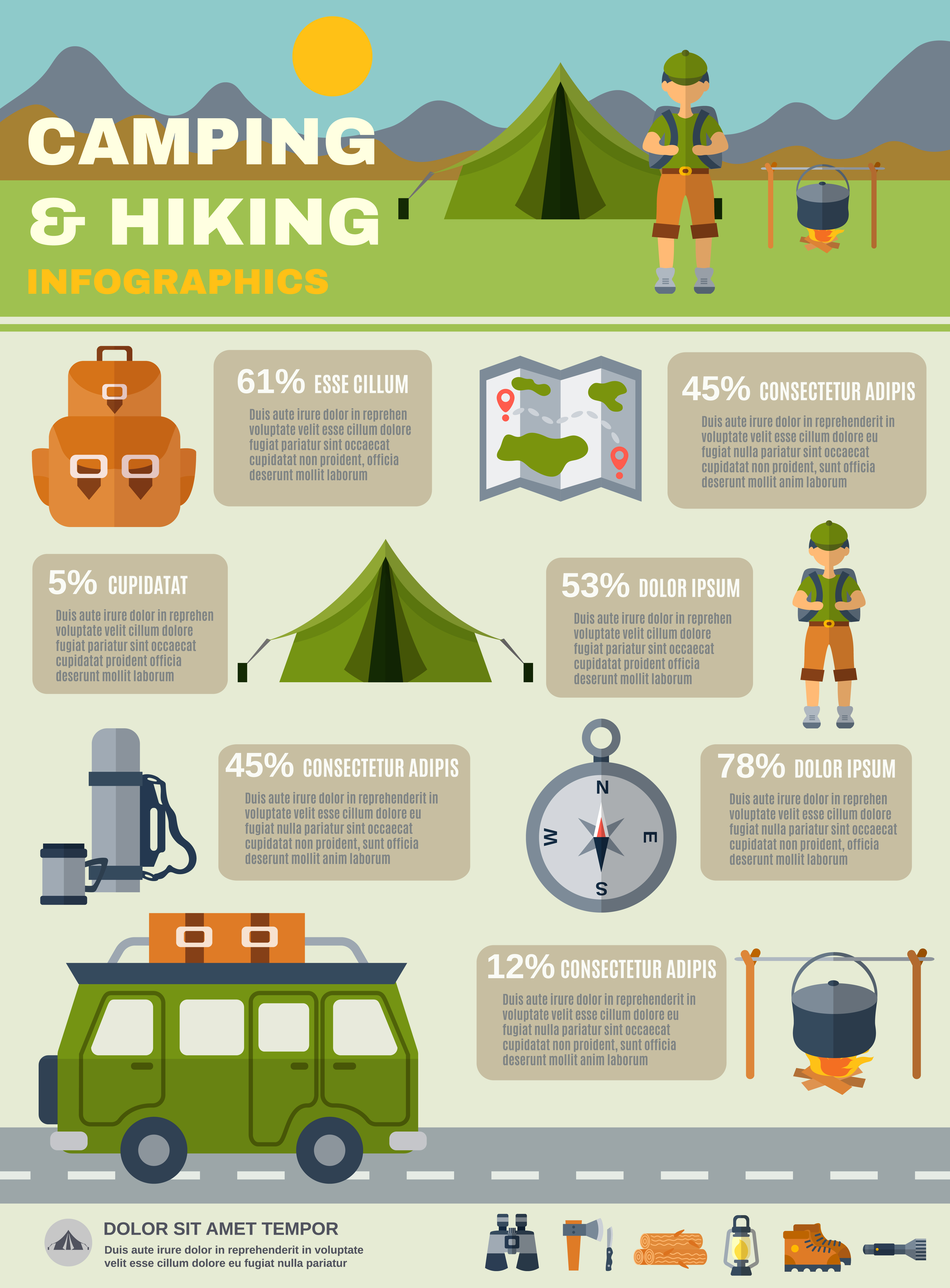Rain flies are an essential accessory for wall camping tents. They boost the capacity of a tent to protect campers from extreme climate condition while giving included comfort and resilience.
Normal cleaning of a rainfall fly keeps mud, mold, and debris from ruining it. Additionally, making sure the proper stress of a rainfly prevents it from drooping and allowing water to collect below.
Weather Resistant Products
The product utilized in building and construction projects can influence the longevity and toughness of the job. Selecting weather-resistant products helps reduce upkeep costs and conserves sources for future fixing and replacement.
Timber might not be the initial product that comes to mind when reviewing weather resistance, but it is extremely sturdy when correctly treated with chemicals. Cedar, redwood, and teak are examples of normally rot-resistant timbers made use of to make a variety of outside furnishings and structures.
High-performance canvas wall tents are made to resist dampness and keep campers comfortable. It is essential to tidy canvas and tents consistently to remove dirt, mud, and dust. It is also essential to rinse off any kind of residue from the canvas camping tent prior to storing it away for usage. Avoid using bleach, as it damages the water-resistance treatment and makes the outdoor tents more prone to leak. Alternatively, a soft brush and a pipe can be utilized to extensively scrub the canvas tent and rinse it off with water up until it is completely saturated.
UV Direct exposure
Unless a tent is made from UV-resistant fabric, extended direct exposure to sunlight will trigger it to deteriorate. This is true of all textiles, yet it's particularly pronounced for outdoors tents and canvas frameworks due to how much they're made use of in outdoor setups. UV radiation can trigger dyes to break down, bring about a loss of shade vibrancy.
A rainfly protects wall surface outdoors tents from these hazardous UV rays by mirroring them before they can penetrate the structure and reach your skin. It is very important to pick a rainfly with a UPF ranking of 50 or greater to obtain optimal UV security.
A rainfly additionally aids regulate the temperature level inside an outdoor tents depending upon the season. A lighter rainfly can maintain tents from absorbing excessive warm in the summer season, while a larger rain fly can assist avoid warm from getting away the camping tent throughout cooler months. In either instance, these extra layers of insulation can substantially prolong a tent's life-span.
Dampness Damage
Canvas camping tents are rather resilient and can last 15-30 years with thorough treatment, but even one of the most high-performance canvas is not unsusceptible downpours. A rainfall fly or fly sheet includes a layer of protection for the roofing of your canvas outdoor tents and helps stop dampness damage.
Condensation, mold, and mold are not only undesirable, however they can additionally damage the structural integrity of your canvas camping tent. Protecting against these troubles is not difficult, however it needs careful treatment and focus to information.
Make it a behavior to inspect your camping tent in the early morning and get rid of any kind of natural condensation, dew, or snow that has accumulated on the surface. Afterward, be sure to spread your camping tent out in an open area and utilize a soft brush to scrub away any mold and mildew and mold that has formed. As soon as you have gotten rid of the impacted areas, re-treat the camping tent with a mold awesome remedy and wash it extensively to stop any kind of future infestations.
Dampness Build-up
While regular, condensation can harm products if left untreated. Luckily, positive methods like cleaning surfaces and airing out camping tents reduce condensation' impact.
Tent fabric, climate problems and use patterns add to condensation degrees. Sailcloth, for example, resists water vapor dissipation and tends to show handmade droplets quicker than polyester or nylon options. Recognizing this difference notifies how camping tent proprietors manage condensation.
Passenger's exhaled breath and wet apparel and equipment spike moisture degrees. A lack of air flow strategies enables dampness to condense when warm interior air fulfills cooler portable shelter surface temperatures. This cycle intensifies on humid nights or when an outdoor tents is placed in low spots. Evaluating and cleaning camping tent surfaces quickly after cooling down motivates moisture to spread prior to harmful fabrics or creating mold and mildew. Localized airflow, such as routing a fan toward joints, additional aids the procedure. Acknowledging the most at risk areas of a tent, like high ridges and edges, assists campers streamline their dampness administration routines.
